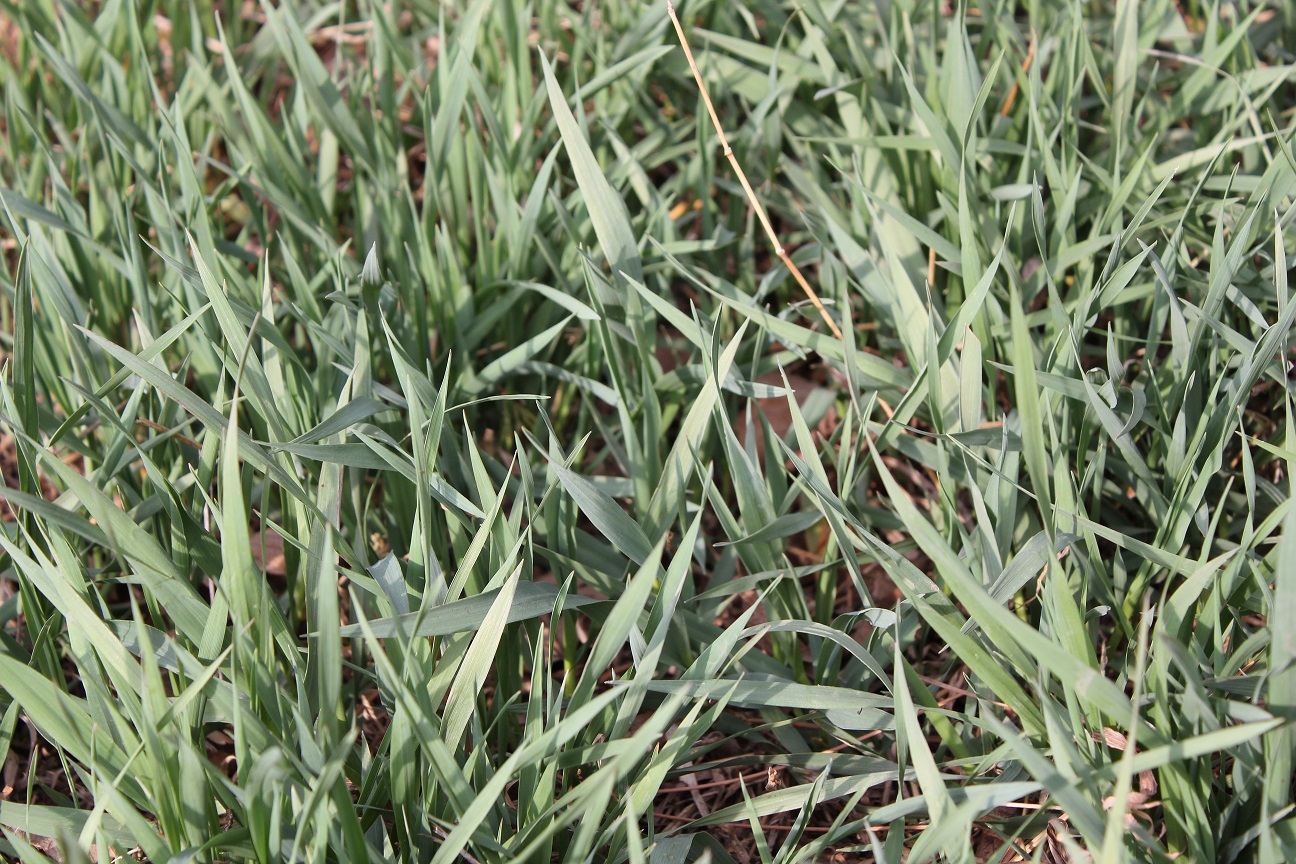
By Cody A. Welchons, Robby G. Bondurant, Terry J. Klopfenstein, Jim C. MacDonald, and Andrea K. Watson
Summarized by Meredith Bremer, Nebraska Extension Beef Systems Educator
A summary of 10 years of research conducted on yearling cattle grazing bromegrass pastures in eastern Nebraska was conducted. Three treatments were utilized for each of these 10 years. The first treatment was 80 lbs. N/acre of smooth bromegrass in a paddock. Supplementation of distillers grain fed at 0.6% of BW was the second treatment and the third treatment was a control where no supplements or fertilizer was fed or applied. An economic analysis was conducted to compare the different systems when corn was $3, $4, or $5 and when distillers grains was 95%, 105%, or 115% the price of corn. Other costs such as initial steer cost, grazing yardage, feedlot yardage, health and processing, death loss, fertilizer, land cash rent, and DGS cost for the analysis can be found in Table 1 http://go.unl.edu/pvzf .
PERFORMANCE
Final body weight, after the grazing season was highest for distillers grains supplemented steers (1063 lbs.) and equal for control and fertilized treatment yearling cattle (963 lbs.). Average daily gain was also highest in the distillers grains supplemented steers (2.37 lbs.) and was 1.68 lbs. for the control cattle and 1.70 lbs. for the fertilizer treatment cattle. Average daily gain for cattle on control and fertilizer treatments differed numerically but were not statistically different from one another.
PROFITABILITY OF YEARLING STEERS UNDER DIFFERENT GRAZING MANAGEMENT SYSTEMS
When corn was $3 or $4 per bushel and distillers grain was either 95%, 105%, or 115% the value of corn, yearling steers supplemented with distillers grain were more profitable than steers in both the fertilizer and control treatment groups. However, when corn was $5/bu and distillers grain was 105% or 115% the value of corn, distillers grain supplemented steer profits were not statistically different from profits earned by the fertilizer treatment steers. Profits decreased by $18.62 per $1/bu increase in corn prices for distillers grain supplemented steers.
EFFECT OF SUMMER MANAGEMENT SYSTEM ON YEARLINGS BEING FINISHED IN A FEEDYARD
Again, regardless of the price of corn ($3,$4, or $5), or the value of distillers grain as a percentage of corn (95%, 105%, or 115%) cattle supplemented distillers grain while grazing smooth brome pastures were more profitable after being finished in the feedyard compared to the fertilizer and control treatment groups.
SUMMARY
When the price of corn is $3 or $4, it is more profitable to sell distillers grain supplemented yearling steers after the grazing season and to retain ownership of these same steers if corn prices increase to $5/bu.
To listen to BeefWatch podcasts go to: https://itunes.apple.com/us/podcast/unl-beefwatch/id964198047 or paste http://feeds.feedburner.com/unlbeefwatch into your podcast app.